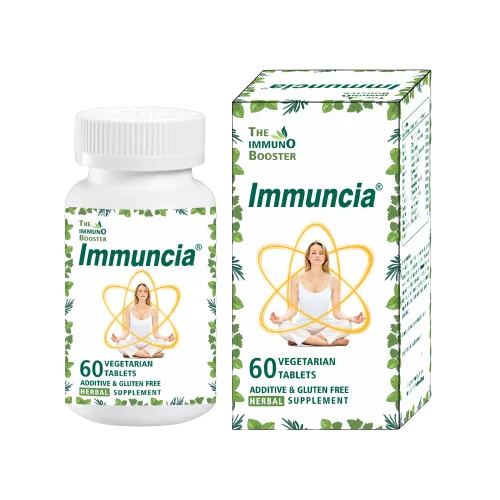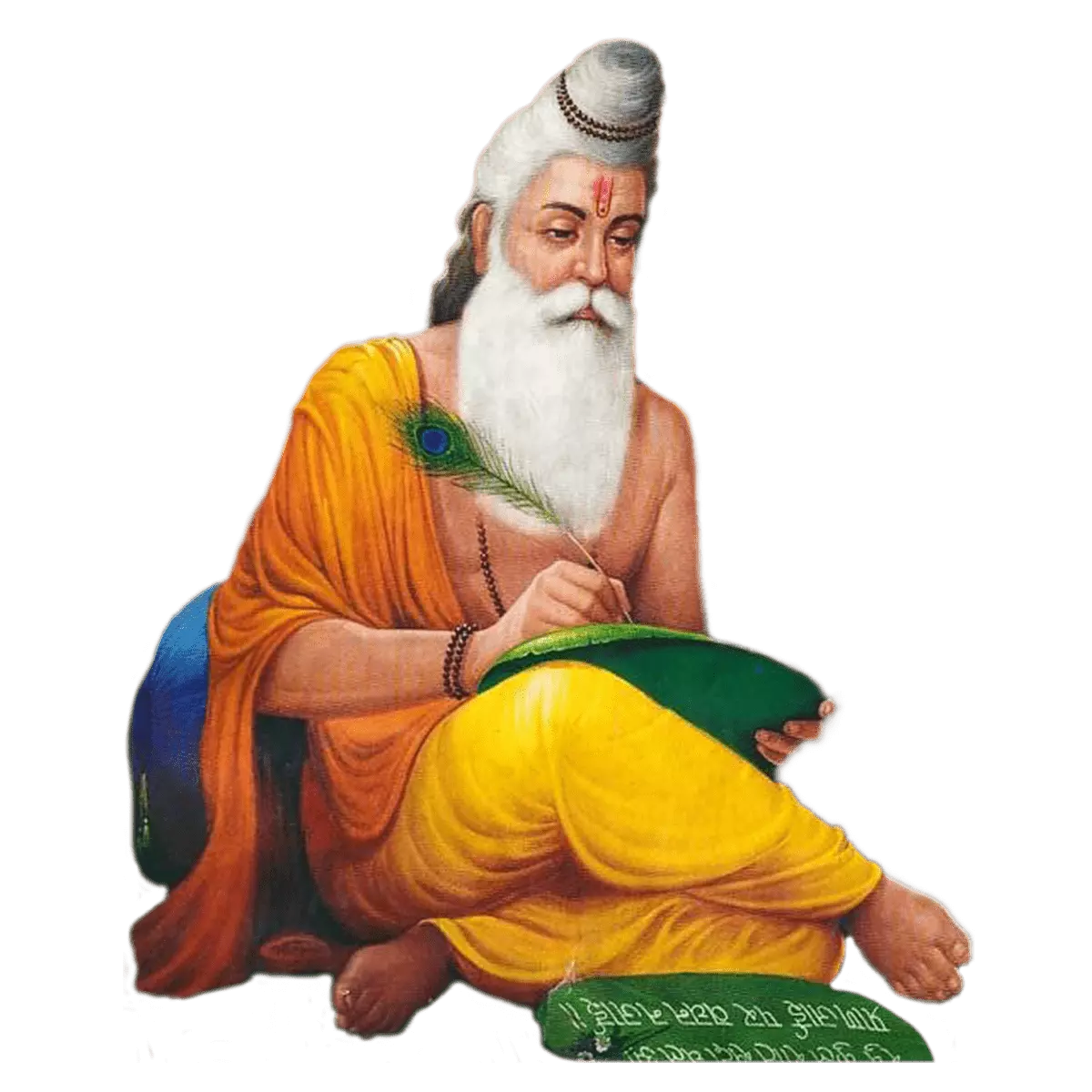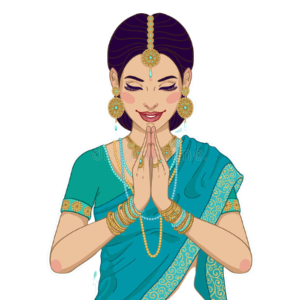












Welcome to  – Your Online Ayurvedic Medicine Store
– Your Online Ayurvedic Medicine Store

The way of life
AYURVEDIC MEDICINE



Highly Effective & High-Quality Ayurvedic Medicine
HEALTH CARE BLOG
MEDICAL DISCLAIMER: All content found on the Indisky Herbs Website, including: text, Ayurvedic Medicine images, audio, or other formats were created for informational purposes only.
Content of the website like text, blogs, Ayurvedic Medicine images etc. is not a substitution of professional medical diagnosis, advice or treatment. You should always consultant a physician or doctor for any medical condition. One should regard medical advice without any delay and not just rely on what you read on this Website.
In case of any medical emergencies, please reach out to the emergency department immediately. We, at Indisky Herbs, do not recommend any tests, doctors / physicians, products, procedures, consultancy or any other information that may be mentioned on the website. Reliance on any information provided by Indisky Herbs, Indisky Herbs employees, contracted writers, or medical professionals presenting content for publication to Indisky Herbs is solely at your own risk.
The Site may contain Ayurvedic Medicine images, health- or medical-related materials or discussions regarding sexually explicit disease states. You may decide to quit using this website, should you find any content offensive.
Links to educational content (like blogs, Ayurvedic Medicine images, references) not created by Indisky Herbs are taken at your own risk. Indisky Herbs is not responsible for the claims of external websites and education companies.
General Advisory: We strongly advice you to stick to your medication routine and to take prescribed medications as advised by your doctor. This includes the right dosage, the right time, right way and right frequency of taking the medicine. Not taking timely medicines as prescribed by a doctor or pharmacist could worsen the decease leading to hospitalization or even death.
Hon. PM of india on Ayurveda and Ayurvedic Medicine – India’s gift to the world.
Indisky Herbs - Your Online Ayurvedic Medicine Store

Traditional high quality online Ayurvedic Products and Ayurvedic Medicine suppliers for lifestyle deceases like weight loss, damaged liver, Immunity, pain relief etc.
Product SKU: Indisky
Product Brand: Indisky Herbs
Product Currency: INR
Product Price: 999
Price Valid Until: 2021-09-30
Product In Stock: InStock
4.92
























